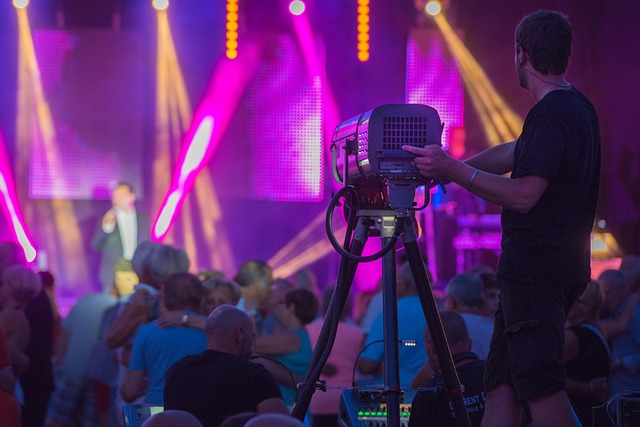The world of entertainment has undergone a seismic shift in recent years, primarily due to the advances in theater technology. As the lines blur between various forms of performance—from concerts to cinema—it’s evident that the impact of innovative technologies cannot be overstated. This transformation has not only changed how performances are staged but also how audiences engage with the art itself.
At the heart of this evolution lies the modern concert experience, where visual elements—often driven by cutting-edge theater technology—become as crucial as the music being played. Artists now integrate mesmerizing light shows, breathtaking visuals, and immersive audio design into their live performances. This fusion creates an atmosphere that draws the audience into a multi-sensory encounter, making each concert a unique event rather than just another performance. Whether it’s a rock band utilizing drones for aerial shots or a pop superstar engaging holographic images, the audience’s experience is elevated far beyond what was possible in the past.
Festivals, too, have embraced these advancements. With vast stages equipped with sophisticated sound equipment and lighting systems, festivals transform into grand spectacles that are as much about the sights and sounds as they are about the music. The use of theater technology at festivals allows for innovative stage designs, incorporating materials that can morph and change throughout the event. The result is an ever-evolving performance space that keeps attendees captivated from the opening act to the last encore.
Cinema is not left out in this technological renaissance. The integration of theater technology in films has revolutionized filmmaking, notably through advancements in sound design and special effects. High-definition visuals and immersive soundscapes created by sophisticated *Dolby Atmos* systems have introduced audiences to entirely new realms of storytelling. The cinematic experience has become more immersive, allowing viewers to feel as though they are part of the narrative rather than passive spectators.
Moreover, the music industry has seen significant changes largely driven by theater technology. With the rise of virtual concerts and live-streamed events, artists can reach audiences across the globe from the comfort of their homes or make use of high-tech venues that offer segmentation and personalization options for fans. This technology not only enhances access but also provides platforms for artists to experiment with their creative expression, ensuring that live music remains relevant and inspiring in an ever-changing digital landscape.
As technology progresses, the future of entertainment appears limitless. The innovations in theater technology enrich experiences and connect audiences in ways we could never have imagined. It’s a thrilling time for performers and audiences alike, as these advancements challenge the very essence of what it means to experience art.



